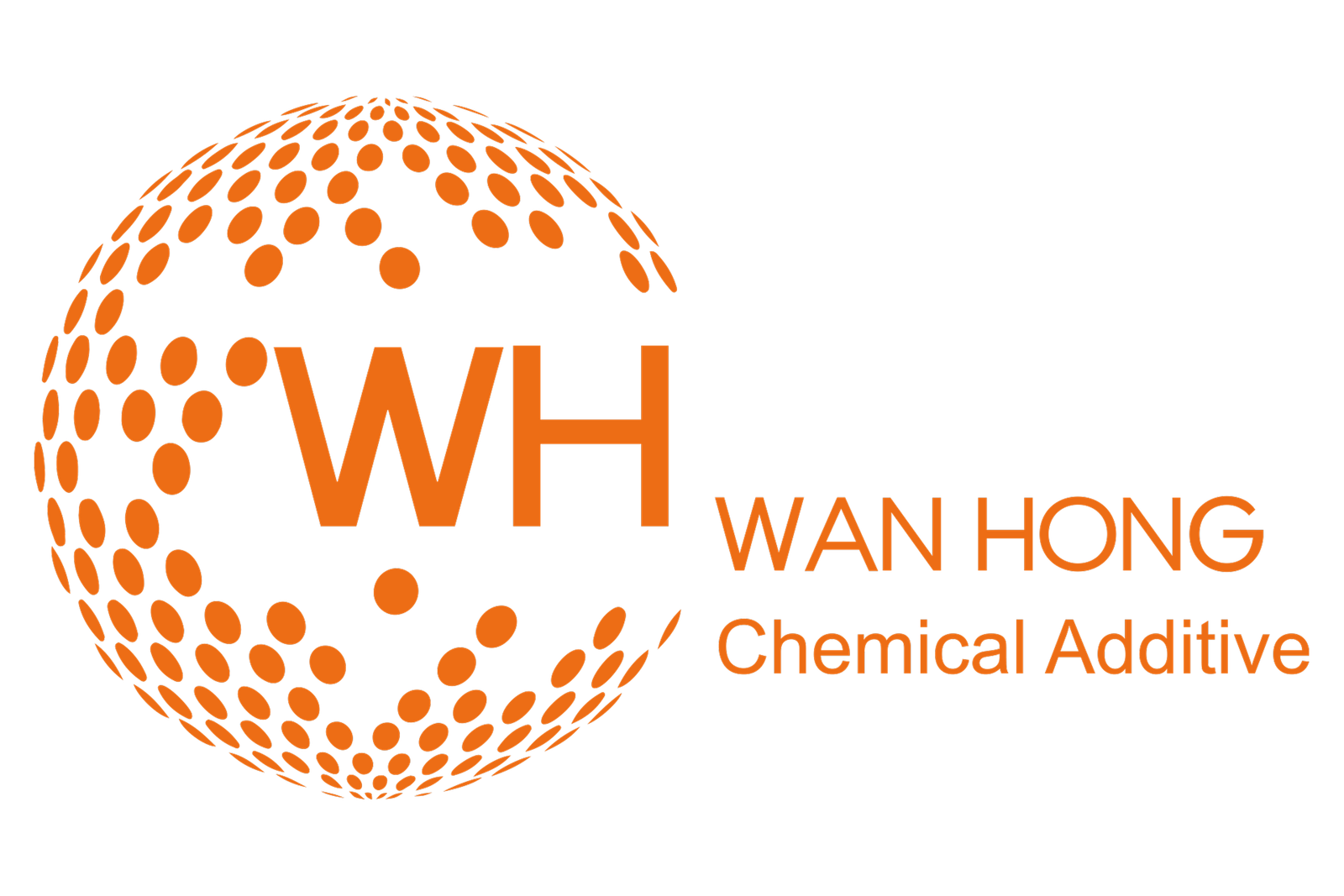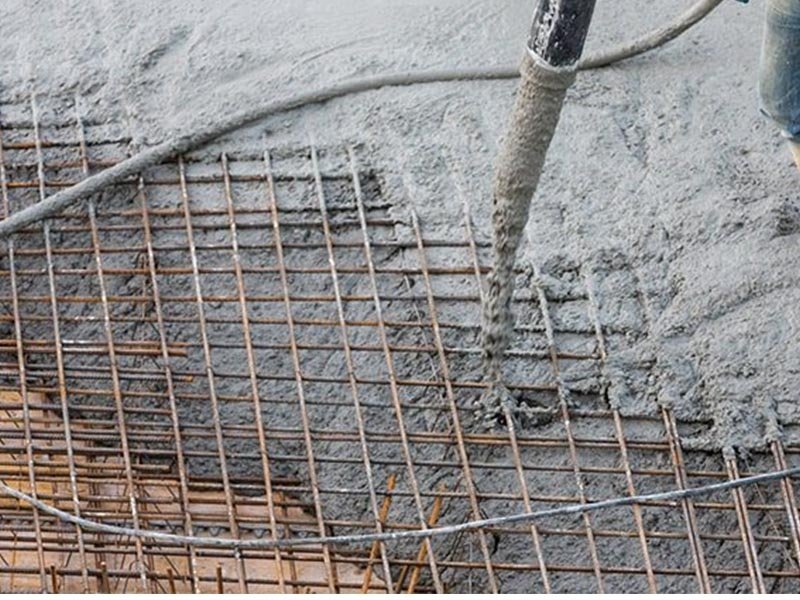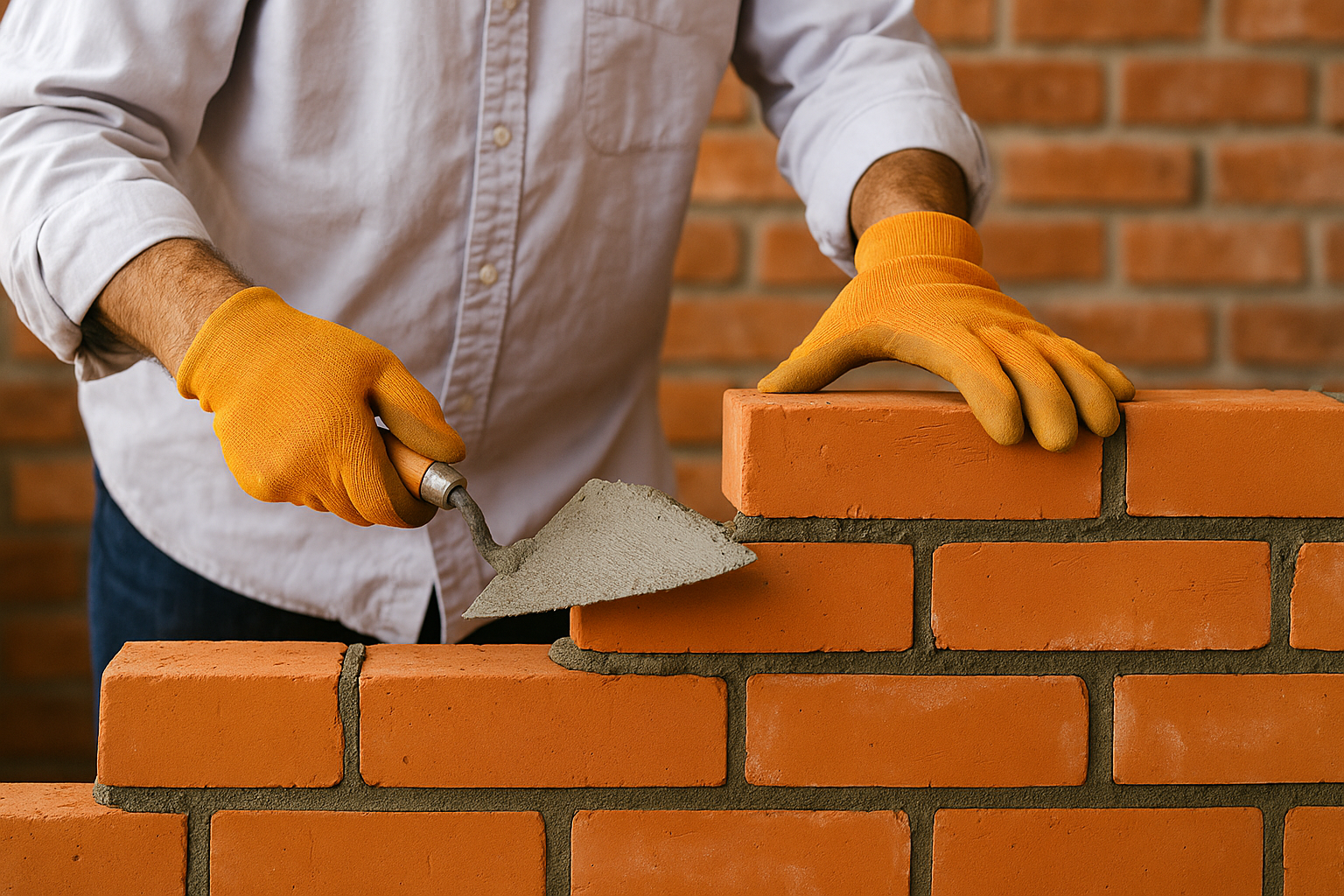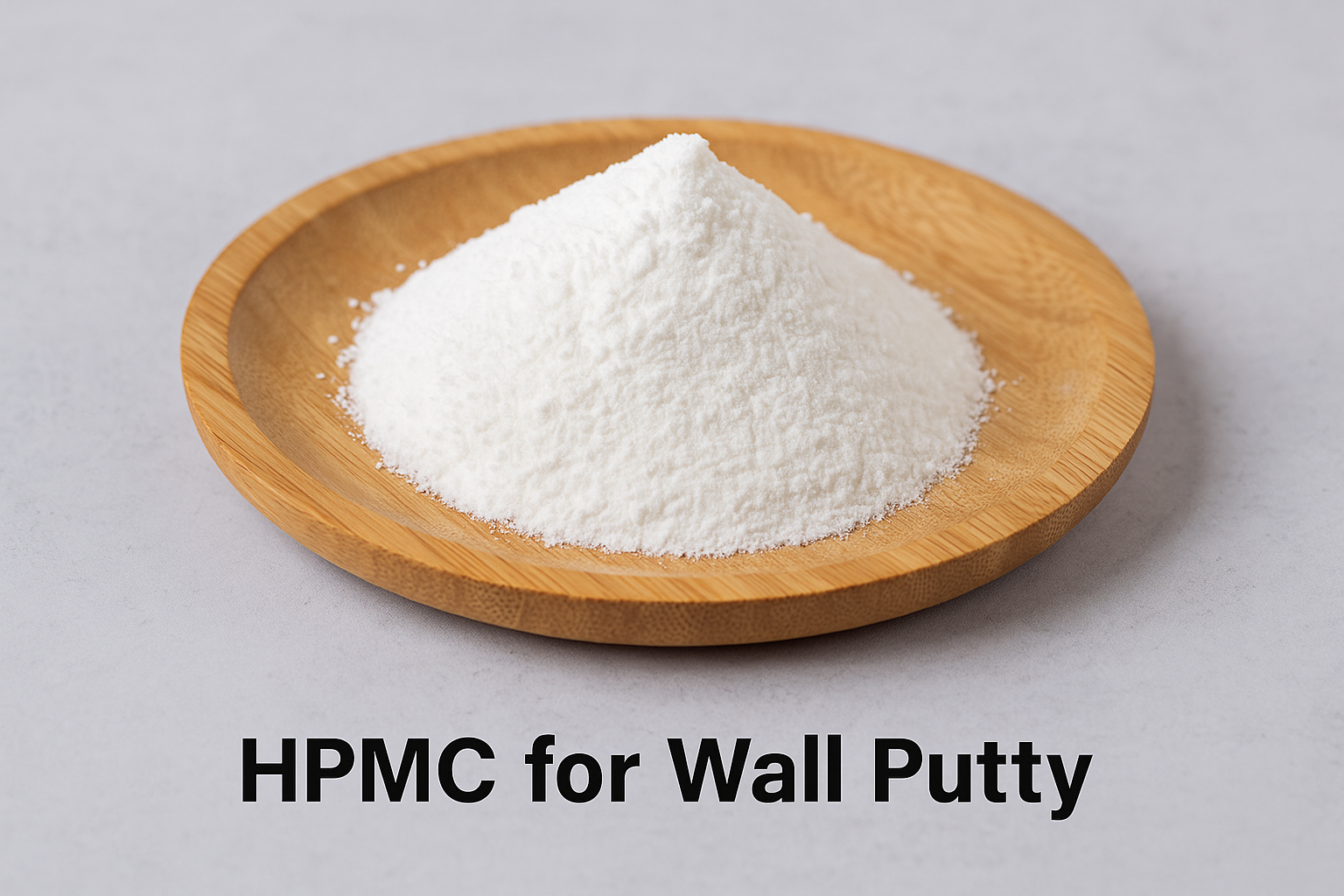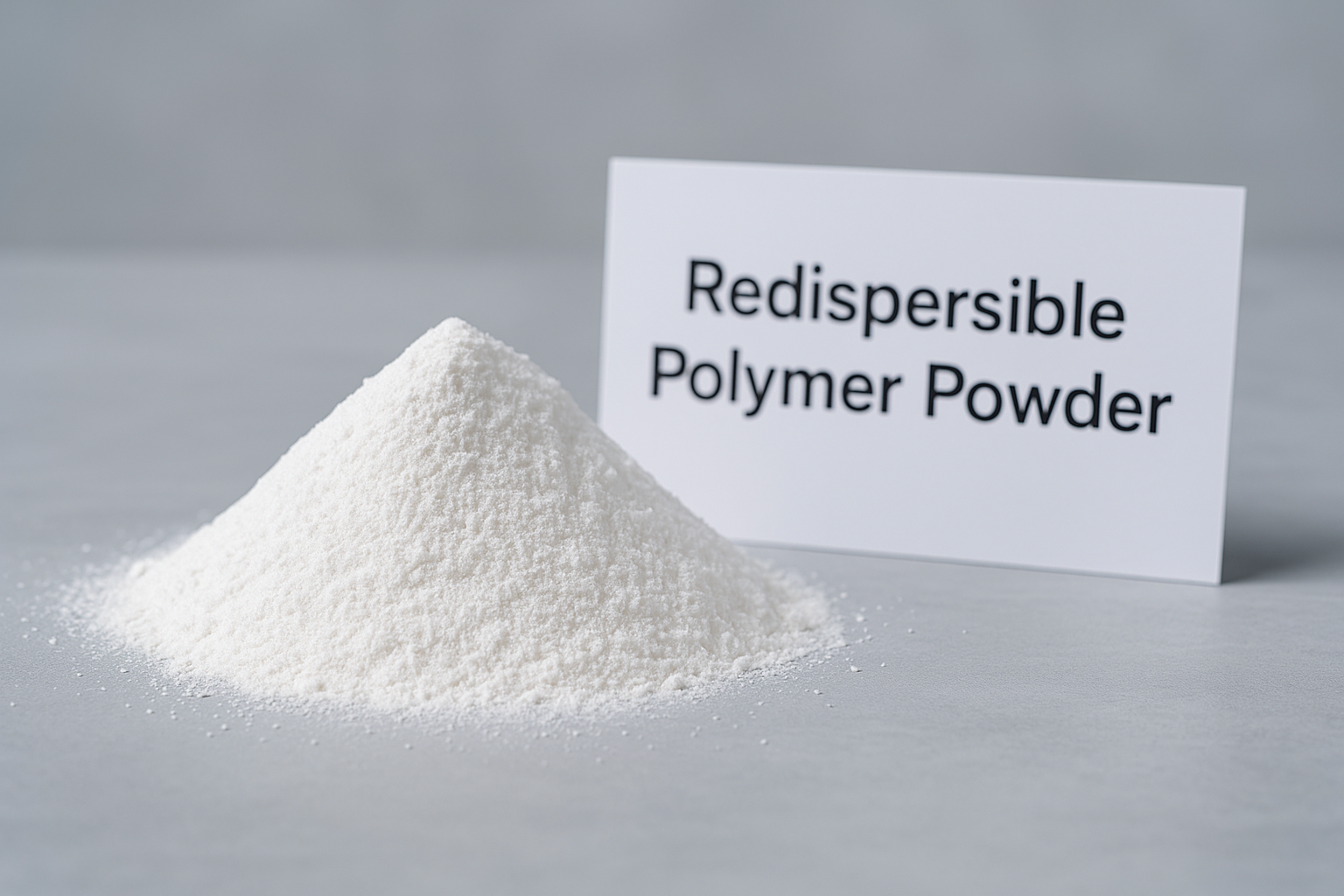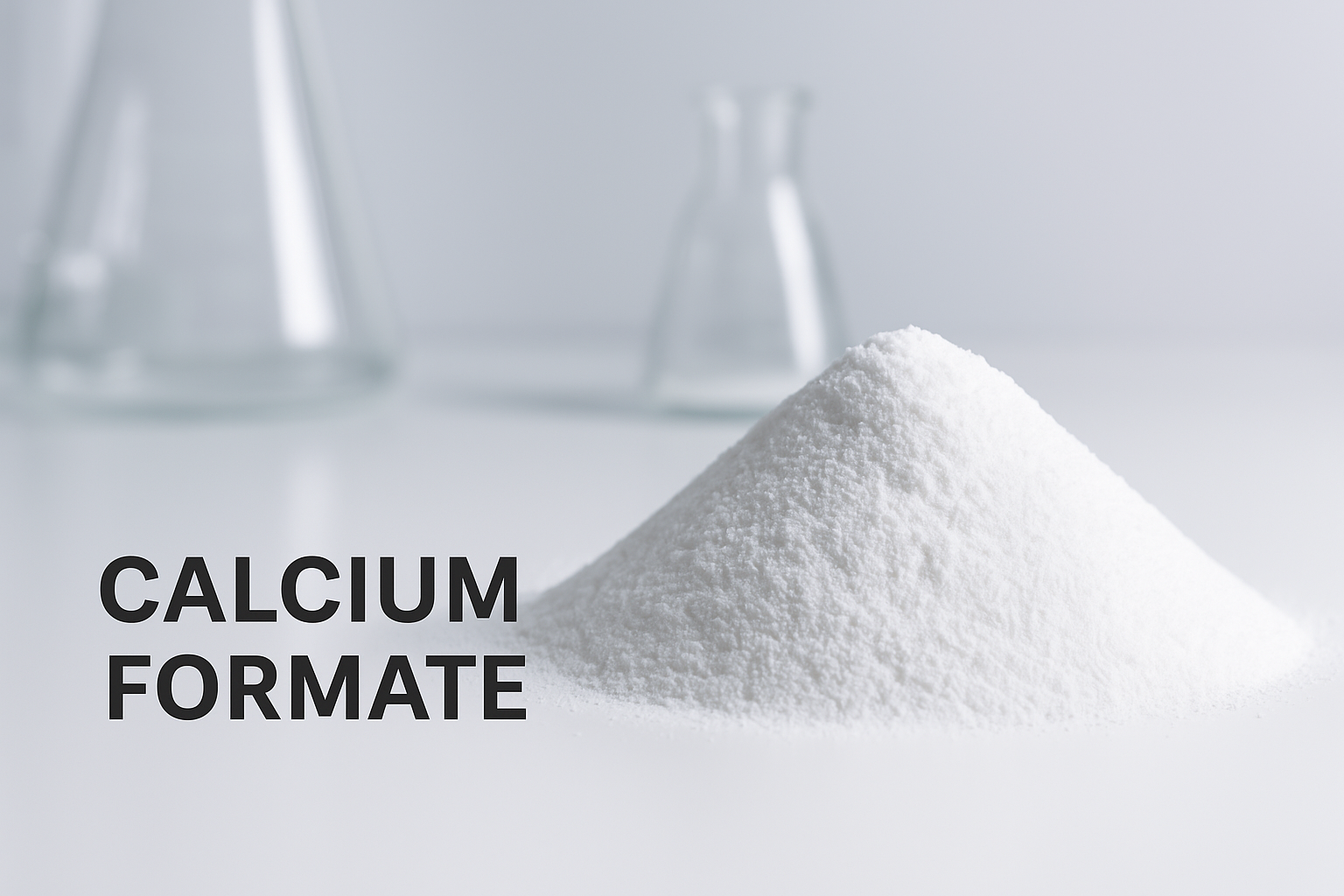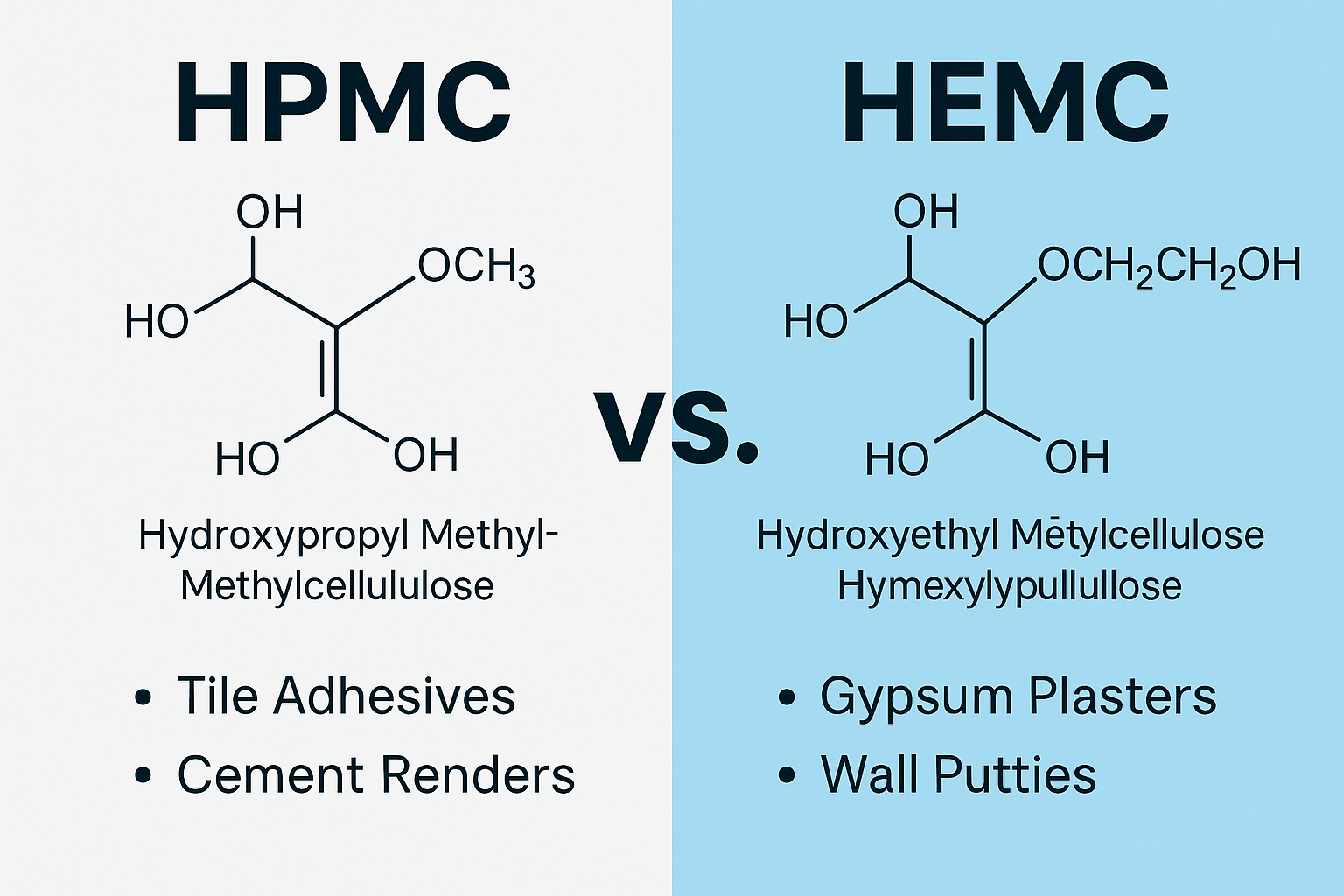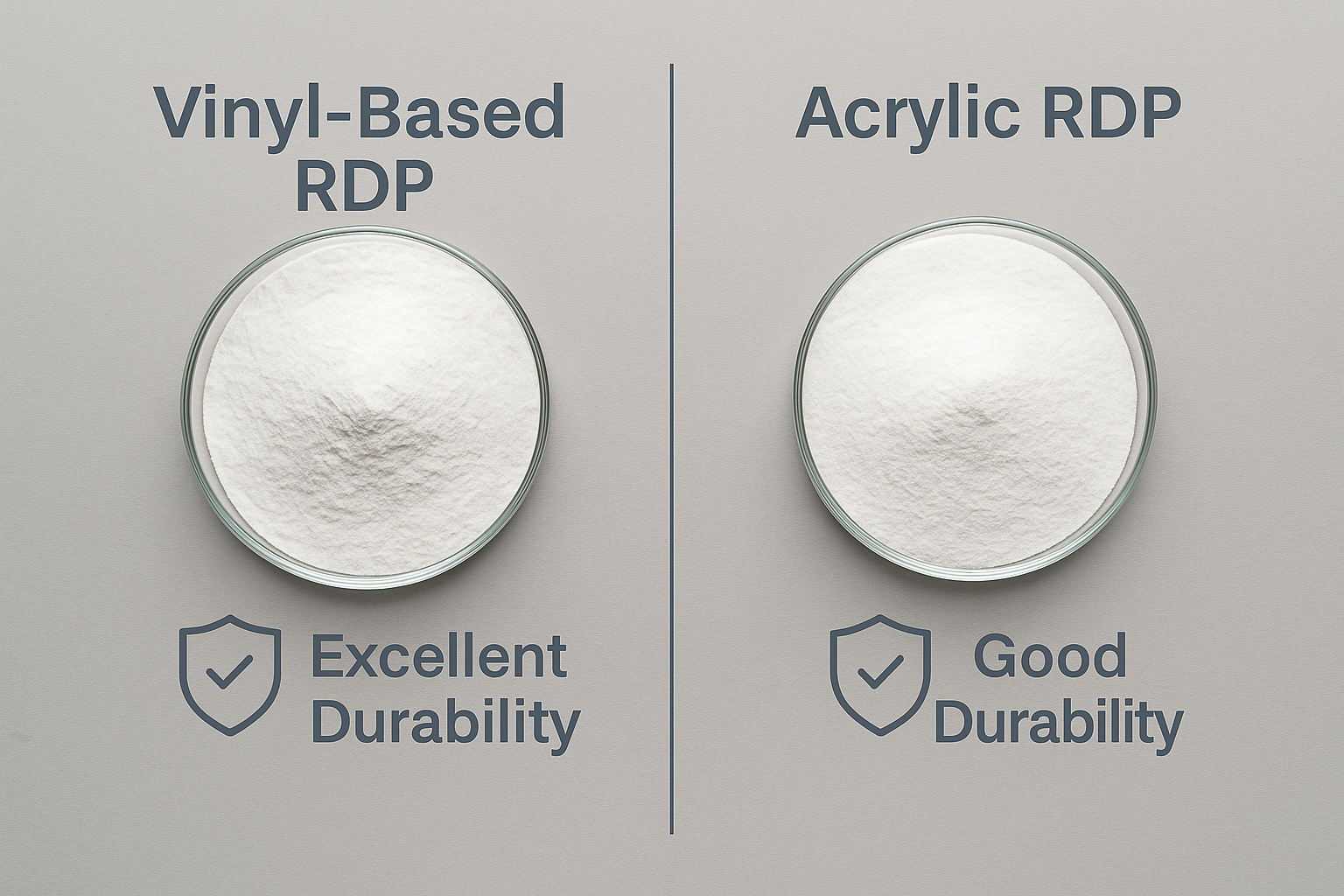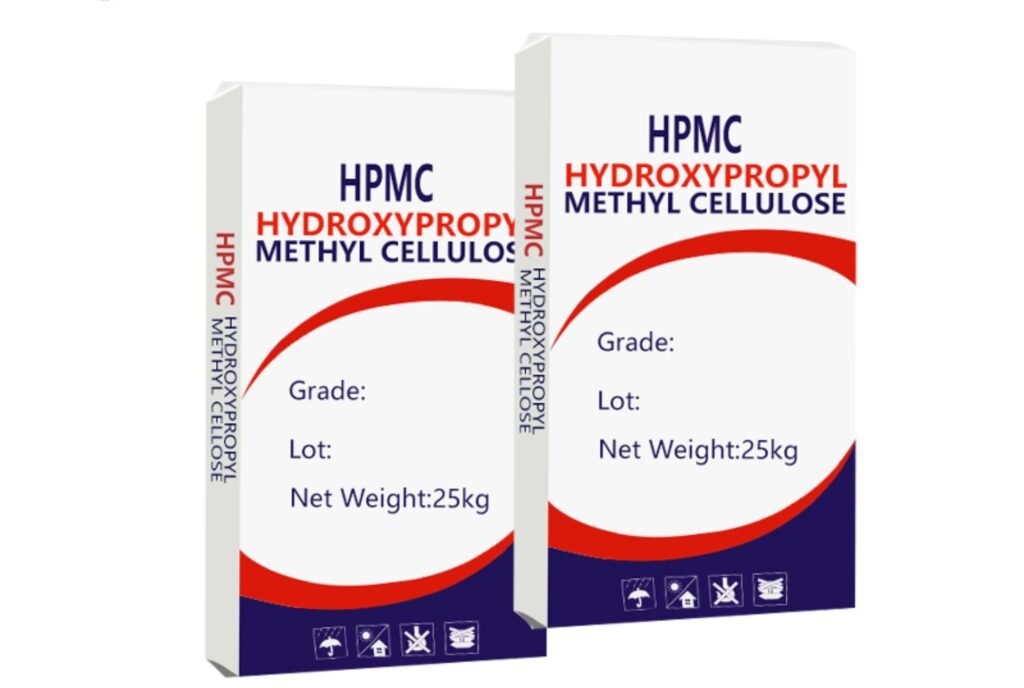Are you struggling with concrete that cracks, sets too quickly, or lacks workability? Poor concrete quality can lead to costly repairs and project delays. The right additives can solve these problems and transform your concrete performance.
Concrete additives are specialized chemicals or materials added to concrete mixtures in small quantities to enhance specific properties like strength, durability, workability, and setting time. The five essential additives are cellulose ethers, superplasticizers, accelerators, retarders, and fiber reinforcements.
When I first started working with concrete formulations, I was amazed at how dramatically a small amount of the right additive could change performance. Let's explore these game-changing additives that can take your concrete projects from ordinary to outstanding.
Adding Additives or Admixtures to Concrete or Mortar Mixes: What's the Difference?
Do you know the distinction between additives and admixtures, or are you using these terms interchangeably? This confusion can lead to specification errors and product misapplication in your projects.
Additives are dry powder materials mixed with cement before water addition, while admixtures are typically liquid components added during mixing. Both serve to enhance concrete properties, but they differ in application method, concentration, and specific effects on the final product.
Understanding the difference between additives and admixtures is crucial for achieving optimal concrete performance. In my experience working with construction companies across Saudi Arabia and the UAE, I've seen how this terminology confusion can lead to costly mistakes.
Additives like our HPMC cellulose ethers1 are incorporated into the dry mix, usually at a rate of 0.2-0.5% by weight. They become part of the cement formulation before water is introduced. Admixtures, on the other hand, are typically added during the mixing process after water introduction.
The distinction matters because it affects dosing, mixing procedures, and ultimately concrete performance. For example, our customers who use WANHONG HPMC as an additive in their dry-mix mortars achieve consistent water retention properties, while those using liquid admixtures need more precise on-site mixing protocols.
When formulating your concrete mixtures, remember that additives are part of the pre-mix design, while admixtures provide flexibility for adjustment during mixing.
Cellulose Ether: Impressive Water-retention and Workability?
Have you struggled with mortar that dries too quickly or concrete that's difficult to spread? These common issues can compromise adhesion, increase cracking, and make your work unnecessarily difficult.
Cellulose ethers like HPMC (Hydroxypropyl Methylcellulose)2 and HEMC (Hydroxyethyl Methylcellulose)3 retain water in the mix, extending working time and improving adhesion. They also enhance workability, reduce sagging, and increase bond strength at typical dosages of 0.2-0.5% by weight.
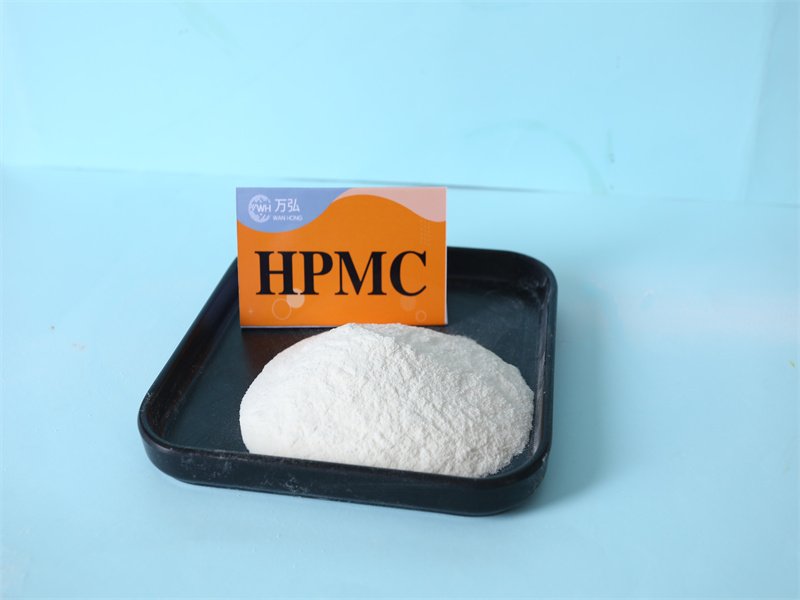
Cellulose ethers are the unsung heroes of quality concrete and mortar mixes. I've worked with countless customers who were amazed at how this single additive transformed their products. Our WANHONG HPMC4 comes in various viscosities tailored for specific applications. For tile adhesives, we typically recommend our 100,000-150,000 mPa·s grades, while rendering mortars benefit from 40,000-80,000 mPa·s varieties.
The water retention mechanism is fascinating – cellulose ether molecules form a reversible gel structure that holds water within the mix, releasing it gradually for proper cement hydration. This not only improves workability but also allows proper curing even in hot or windy conditions. In Saudi Arabia, where temperatures often exceed 40°C, our customers report that HPMC-modified mortars remain workable up to three times longer than standard mixes.
Beyond water retention, these versatile additives improve adhesion to difficult substrates like glass and polished concrete. They also prevent material sagging on vertical surfaces – a particular benefit for wall rendering applications. When used in self-leveling compounds, cellulose ethers5 improve flow characteristics while preventing component separation.
Superplasticizers: Boosting Fluidity and Strength?
Is your concrete too stiff with poor flowability, requiring excessive water that weakens the final structure? Or perhaps you're using more cement than necessary to achieve desired strengths?
Superplasticizers are high-range water reducers that dramatically improve concrete flowability without additional water. By dispersing cement particles more efficiently, they enable water reduction of 15-30%, resulting in stronger concrete with fewer voids and better workability.

Superplasticizers have revolutionized modern concrete technology by solving the classic water-strength dilemma. Traditional concrete mixes face a fundamental challenge: more water improves workability but reduces strength, while less water increases strength but makes placement difficult. Our polycarboxylate ether (PCE) superplasticizers6 break this trade-off by dispersing cement particles through electrostatic repulsion and steric hindrance.
I recently visited a high-rise construction project in Dubai where the contractor reduced water content by 25% while maintaining excellent flowability using our PCE superplasticizer. The result was concrete with 40% higher compressive strength and significantly reduced shrinkage cracking. For precast concrete manufacturers, this translates to faster production cycles, as higher early strength allows quicker demolding.
Superplasticizers also enable specialized concrete types like self-consolidating concrete (SCC)7, which flows into complex forms without vibration. The dosage typically ranges from 0.2% to 2% of cement weight, depending on the specific application and desired flow characteristics. When combined with our cellulose ethers, superplasticizers create synergistic effects – the cellulose ether provides water retention while the superplasticizer ensures optimal cement particle dispersion.
Calcium Formate Accelerators and Frost Proofing Additives?
Do cold weather conditions repeatedly delay your concrete projects? Or are you facing tight schedules requiring faster setting times to keep your construction timeline on track?
Calcium formate and other accelerators speed up the hydration process, reducing setting time by up to 50%. In cold weather, these additives allow concrete to achieve sufficient strength before freezing, while frost-proofing additives lower the freezing point of mixing water and protect concrete during early curing.

Accelerators and frost-proofing additives are essential tools for challenging weather conditions and compressed construction schedules. When temperatures drop below 5°C, concrete hydration slows dramatically, but calcium formate accelerators catalyze the reaction between cement and water. I've worked with contractors in Georgia who maintain year-round operations thanks to these additives, even when temperatures drop below freezing.
Calcium formate offers several advantages over traditional calcium chloride accelerators. It's non-corrosive to reinforcement steel and doesn't contribute to efflorescence, making it ideal for decorative concrete applications. The typical dosage ranges from 1-3% of cement weight, with higher dosages used in colder conditions. For extremely cold environments below -10°C, we often recommend combining calcium formate with dedicated antifreeze admixtures containing calcium nitrate.
Beyond weather challenges, accelerators prove valuable when rapid construction sequences are required. One of our customers in Singapore uses our calcium formate in self-leveling floor compounds to achieve walkable surfaces within 3 hours, allowing multiple trades to work simultaneously. The chemistry behind these accelerators is fascinating – they primarily accelerate the C3S and C3A phases of cement hydration, generating heat that further catalyzes the curing process.
For wet-cast applications, we provide specialized synergistic accelerator systems that combine calcium formate with other accelerating compounds for optimized performance across different temperature ranges and cement types.
Retarders: Controlling Setting Time?
Have you faced concrete that sets before you can properly place and finish it, especially in hot weather? Or have you struggled with cold joints forming between concrete batches on large pours?
Concrete retarders delay the initial setting time by temporarily inhibiting cement hydration, extending workability by 1-3 hours. They're essential for hot weather concreting, large continuous pours, and complex finishing work, typically dosed at 0.1-0.5% of cement weight.
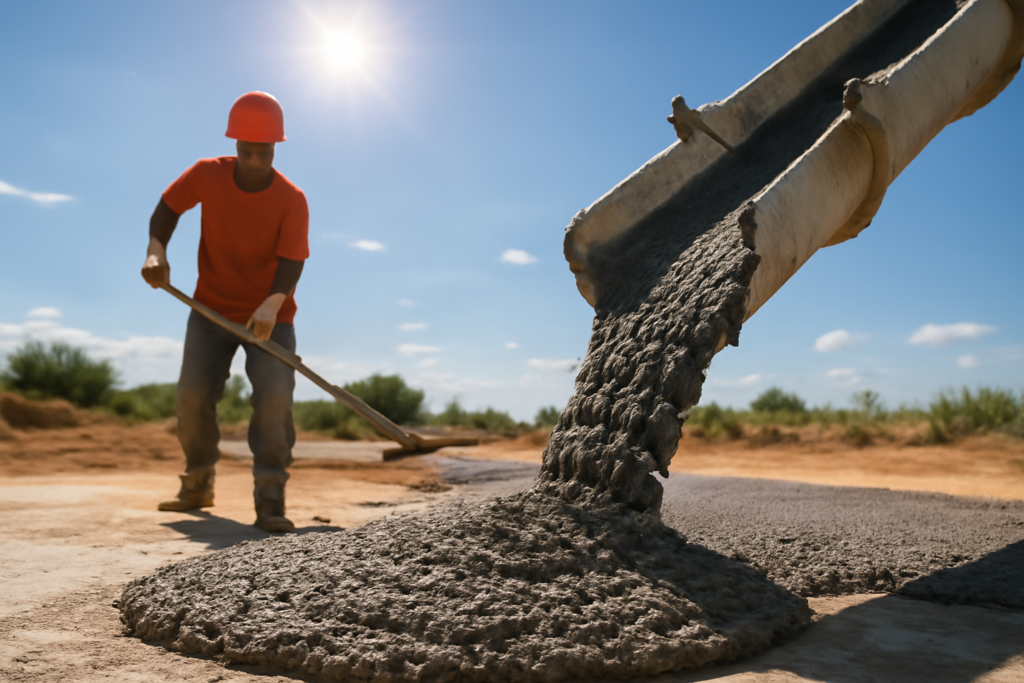
Retarders are the time-management tools of concrete technology, giving contractors precise control over setting behavior. In the scorching summer months in the Middle East, our customers rely heavily on these additives to maintain workable concrete despite ambient temperatures exceeding 45°C. Retarders like sodium gluconate and phosphates work by forming a protective film around cement particles, temporarily preventing water access and delaying the hydration reaction.
The beauty of retarders lies in their predictability and control. Unlike the unpredictable delays caused by simply adding more water (which weakens concrete), retarders provide consistent, engineered setting times without sacrificing strength. I recently consulted on a massive foundation pour in Saudi Arabia where the contractor needed to place 2,000 cubic meters continuously. Using our retarding admixture at varying dosages throughout the day (higher doses during peak temperatures), they maintained consistent workability throughout the 18-hour pour, eliminating cold joints entirely.
Beyond hot weather applications, retarders prove valuable for decorative concrete, where extended finishing time allows for complex surface treatments. They're also essential for long-distance transportation of ready-mix concrete. One fascinating aspect of modern retarder technology is that it doesn't just delay setting – it often results in higher ultimate strength through more complete cement hydration.
For specialty applications like underwater concrete, we provide retarders combined with anti-washout agents to prevent cement dispersion while maintaining extended workability.
Fiber Reinforcements: Enhancing Structural Integrity?
Is cracking a persistent problem in your concrete work? Or do you need to improve impact resistance and flexural strength without increasing section thickness?
Fiber reinforcements distribute stress throughout concrete, significantly reducing cracking and improving toughness. Types include polypropylene (for plastic shrinkage crack control), steel (for structural reinforcement), and glass fibers (for alkali-resistant reinforcement in thin sections), typically dosed at 0.1-2% by volume.
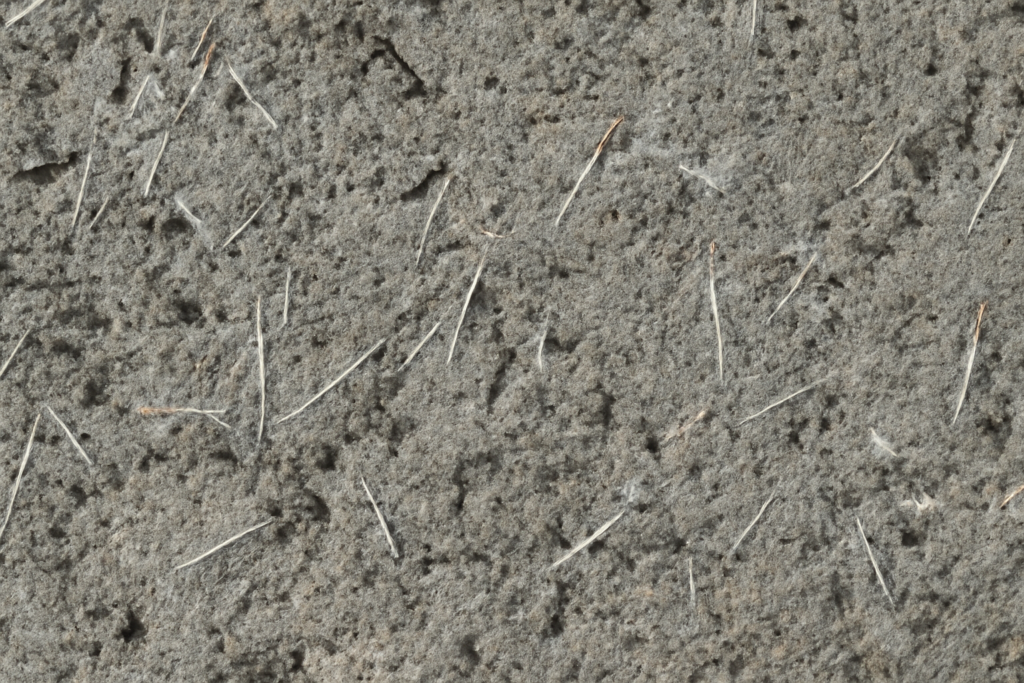
Fiber reinforcements transform concrete from a brittle material into a ductile composite with dramatically improved performance characteristics. Our polypropylene fibers are among our most popular additives, particularly for floor slabs and pavements. Unlike traditional rebar, which provides reinforcement at specific locations, fibers distribute thousands of reinforcing elements throughout the concrete matrix, intercepting microcracks before they can propagate.
The mechanics of fiber reinforcement varies by fiber type. Our monofilament polypropylene fibers8 (typically 12-20mm length) primarily control plastic shrinkage cracking by bridging microcracks during the critical early setting period. For more demanding applications, our fibrillated polypropylene offers greater bonding surface area.
I recently worked with a warehouse floor contractor who eliminated all shrinkage cracking by incorporating just 0.1% by volume of our fibrillated polypropylene.
For structural applications requiring enhanced flexural strength, our macro-synthetic fibers (40-50mm length) can partially or completely replace traditional steel reinforcement in certain applications. These fibers maintain their reinforcing capability throughout the concrete's lifetime, unlike smaller microfibers that primarily address early-age cracking. Steel fibers provide the highest level of structural reinforcement, improving impact resistance by up to 40% and flexural strength by 25-30%. They're particularly valuable in industrial floors subject to heavy loading.
The fiber selection depends on specific performance requirements – from the economical plastic shrinkage control of microfibers to the structural enhancement of steel or macro-synthetic varieties. In high-performance applications, we often recommend hybrid systems combining different fiber types for comprehensive crack control at all scales.
How Many Additives Should You Add to a Mortar Mix?
Is your concrete mix becoming a complex chemical soup? Are you wondering if additives might interact negatively with each other or if you're overcomplicating your formulation?
Most commercial concrete mixes benefit from 2-4 carefully selected additives working synergistically. Start with a water-reducing superplasticizer and cellulose ether as your foundation, then add accelerators/retarders based on climate conditions and fibers if crack resistance is needed.

Finding the right balance of additives is both science and art. Through years of formulation work with customers across different climates and applications, I've found that simplicity often yields the best results. Rather than maximizing the number of additives, focus on selecting the right combinations that address your specific requirements without redundancy or interference.
The foundation of most high-performance mixes includes our HPMC cellulose ether9 for water retention and workability, combined with a superplasticizer for strength and fluidity. This powerful duo solves the most common concrete issues while working synergistically – the cellulose ether prevents water segregation that might otherwise occur with superplasticizers alone.
Additional additives should be incorporated based on specific needs: accelerators for cold weather or early strength, retarders for hot conditions or extended workability, and fibers for crack resistance. Testing is crucial when combining multiple additives, as interactions can sometimes be unpredictable.
We maintain a testing laboratory specifically to help customers optimize their additive combinations.
I've observed that many problems stem from overdosing rather than from combining additives. For example, excessive superplasticizer can lead to segregation, while too much retarder may prevent proper setting. Our technical support team helps customers develop precisely calibrated formulations with optimal dosages of each component. When formulating new mixes, we recommend the incremental approach – start with the most essential additives at minimum effective dosages, then carefully introduce and test additional components one at a time.
Conclusion
The right combination of concrete additives transforms ordinary mixes into high-performance materials. Start with cellulose ethers and superplasticizers as your foundation, then add specialized additives based on your specific project requirements for dramatic improvements in concrete performance.
-
Discover the advantages of HPMC cellulose ethers in concrete formulations to enhance water retention and overall performance. ↩
-
Explore the advantages of HPMC in construction to enhance your projects with better adhesion and workability. ↩
-
Learn how HEMC can significantly improve the workability of concrete, making your construction tasks easier and more efficient. ↩
-
Discover the advantages of HPMC in mortar applications, including its impact on workability and curing in extreme conditions. ↩
-
Explore this link to understand how cellulose ethers enhance concrete quality and performance, making them essential for construction. ↩
-
Explore this link to understand how PCE superplasticizers enhance concrete performance and solve traditional challenges. ↩
-
Discover the advantages of SCC and its applications in modern construction for efficient and effective concrete placement. ↩
-
Explore how polypropylene fibers enhance concrete performance and durability, making them a popular choice for various applications. ↩
-
Explore this link to understand how HPMC cellulose ether enhances water retention and workability in concrete, crucial for high-performance mixes. ↩
